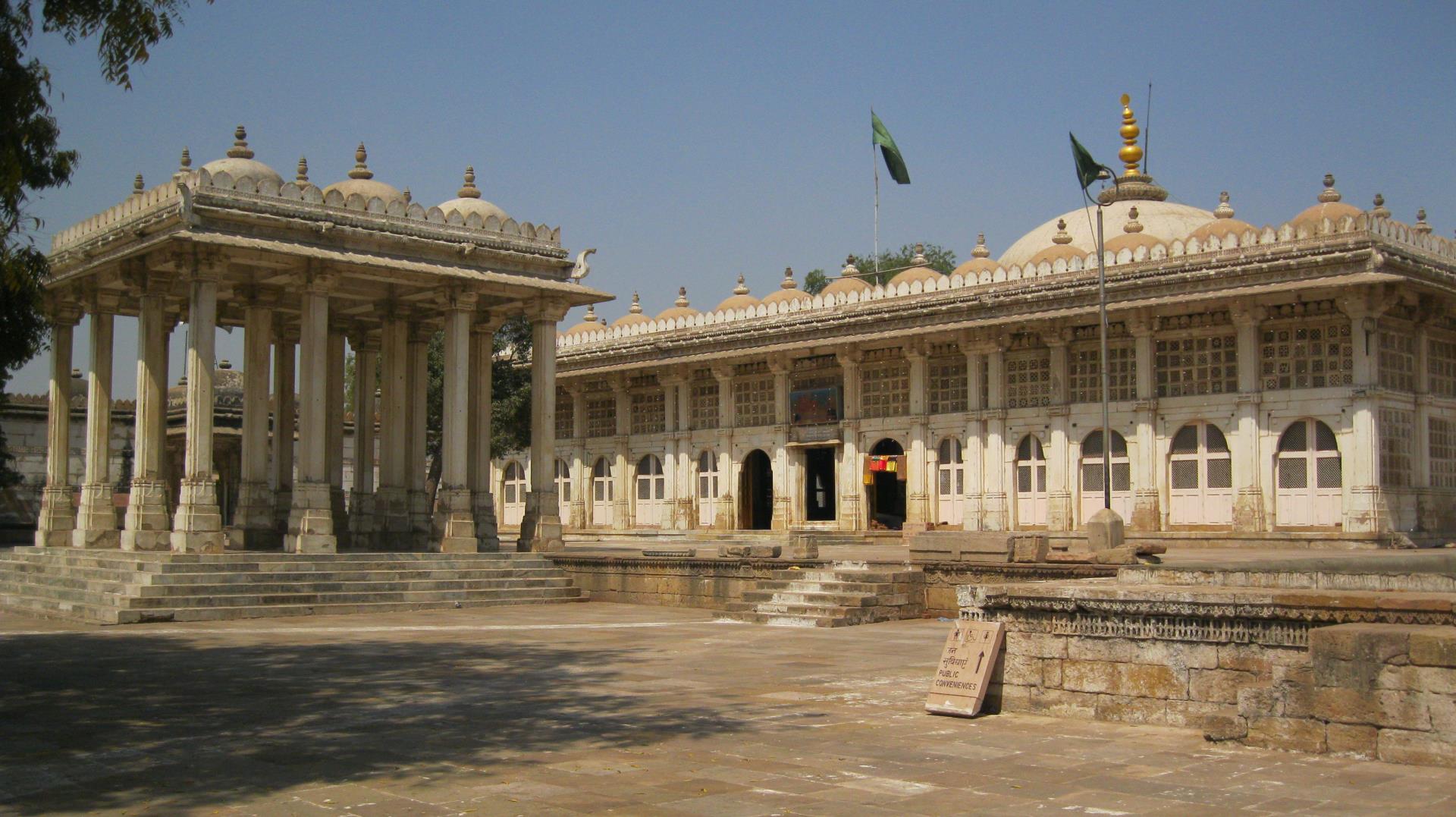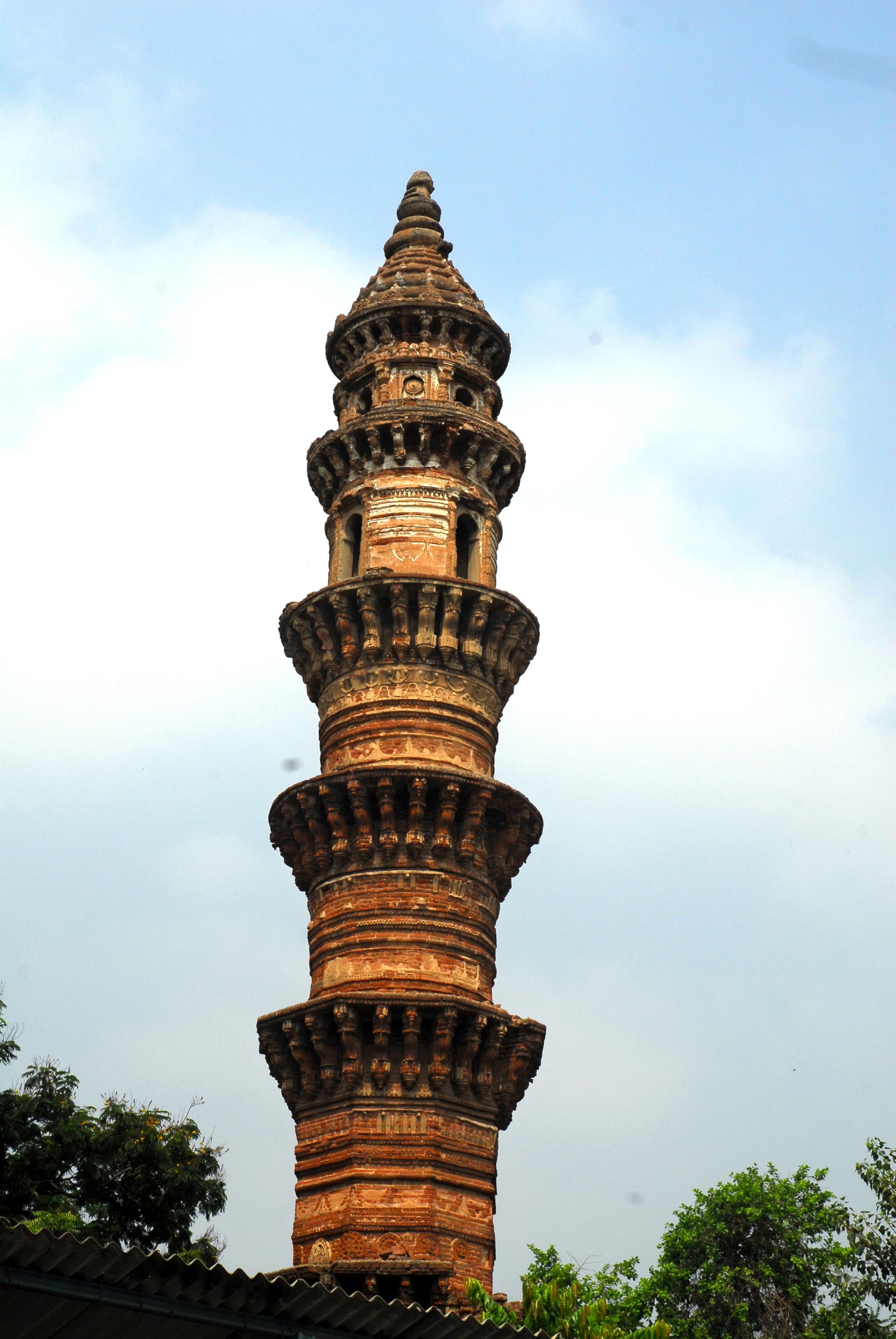
Sorry, we couldn't find anything that matches your search.
Destination

Famous Places to Explore in Hyderabad
A vibrant city with the imposing...

Raipur Tourist Places | Best Place to Visit
The stronghold of several erstwhile...

Ahmedabad
Declared as India's first UNESCO World...
#
Jama Masjid, one of India’s most marvellous pieces of architecture, was built during the rule of Ahmed Shah I, a ruler of Muzaffarid dynasty, in 1423, just west of the famous Manek Chowk. Away from the chaos of the city, through four gates in four directions, one can enter the mosque made of yellow sandstone with a blend of Indo-Saracenic architecture, with intricate carvings all along the walls and pillars. The main prayer hall has 260 columns supported by 15 domes. The wide, marble-floored courtyard is surrounded by an arcade painted in Arabic calligraphy. Right in the centre of the courtyard is a tank for ritual purifications. The two minarets by the main arched entrance collapsed in an earthquake in 1819 and only their lower portions remain now.
The mosque contains a number of syncretic elements, which may not necessarily be obvious to the viewer. A few of the central domes have been carved like lotus flowers that are closely related to typical domes of Jain temples. Some pillars have been carved with the form of a bell hanging on a chain that has reference to the bells in Hindu temples.








